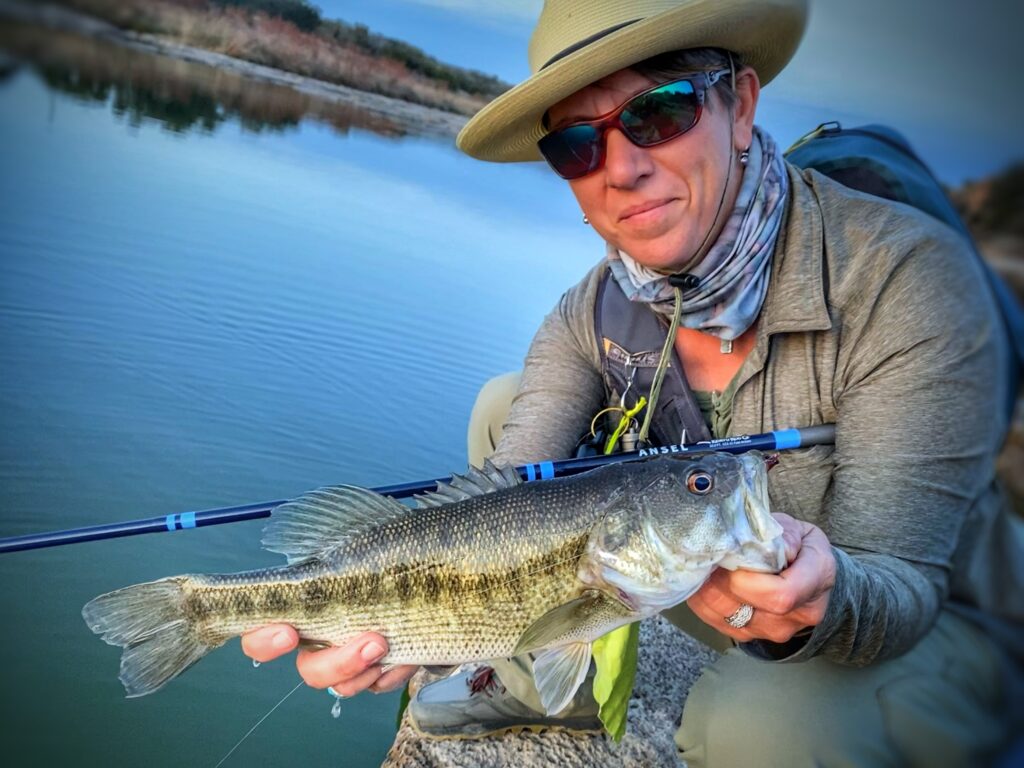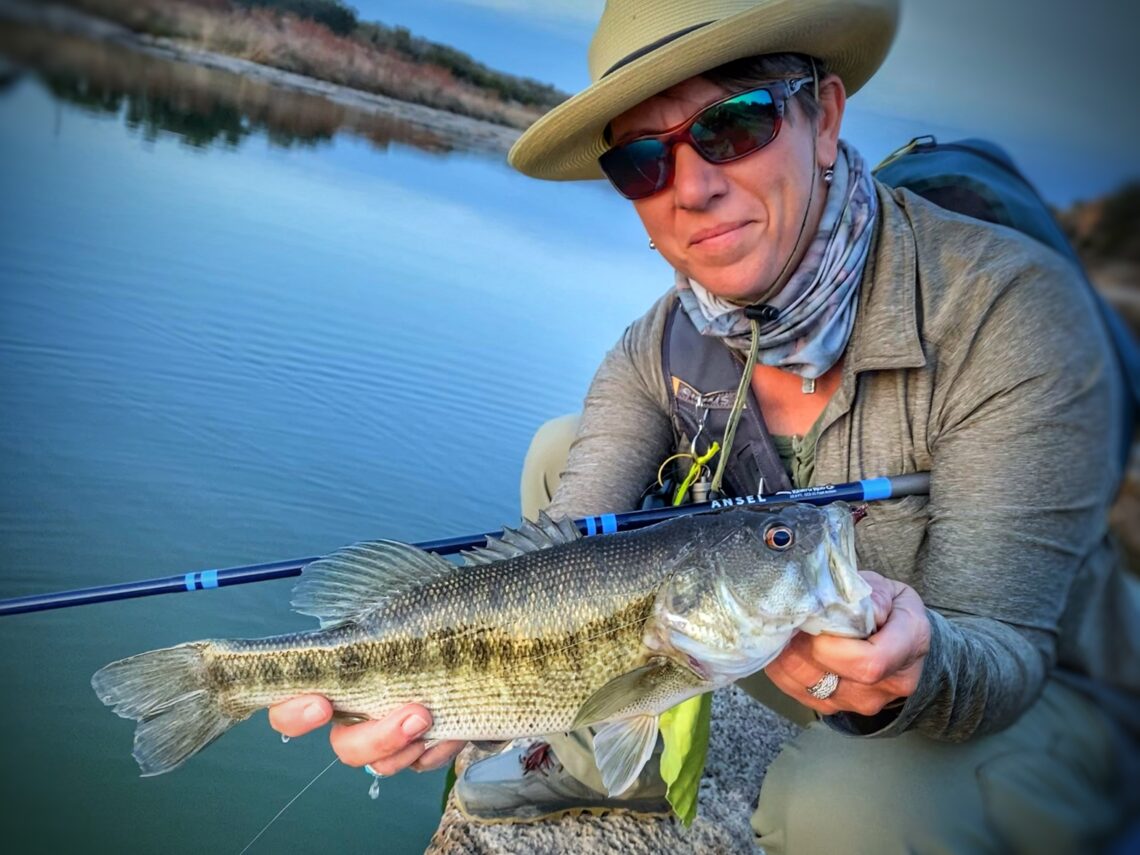It was an overwhelming success there as well. The whoops, hollers, big grins, and gleeful shouts of “fish on!!” were awesome. But it wasn’t just what I WAS seeing on the river that excited me and got my wheels turning. It was what I WASN’T seeing in the classroom and on the river. Frustration.
I’ve talked to so many beginning fly anglers who become discouraged enough to throw in the towel as they work to put the coordination of casting, line management and fly retrieval together. When I know how much enjoyment and ZEN is in store for even a marginally competent angler, this absolutely breaks my heart. It’s part of the reason I started The School of Zen Fly Fishing in the first place—to create clear, logical, instruction that will help new and experienced anglers in a way that was easy to follow.
So what I saw unfolding was a revelation. An approach that could set new fly anglers up for early and ongoing success and would simultaneously prepare them to transition to traditional Western fly fishing, should they choose. This is accomplished by shortening the learning curve while mitigating and/or completely eliminating many of the variables that are a struggle for “newbies.”
#NOTTENKARA
So, what is it? Let’s start with what it isn’t. Most experienced fly fishers have heard of the Japanese style of angling using a flexible telescoping rod (usually 8-14ft long), a fixed length of nearly weightless line, and specially-tied dry flies known as Tenkara. Some have even heard of another style called Keiryu (pronounced “kay-roo”) that is similar but often uses 2-handed, faster action rods that are 17+ feet in length used for tight-line techniques with weighted nymph flies or even live bait. These techniques are great in the specific scenarios they were designed for, but arguably have little in common with Western fly fishing…especially casting. The “system” I’ve developed borrows from each but is really neither.

This “fixed-line” approach does utilize a telescoping rod but it is the line that truly sets it apart. When I started working with Steve, who had the use of one arm, we first tried Tenkara. But for a formerly avid fly fisher, waving around a nearly weightless line that did very little to load the rod just wasn’t satisfying to cast, and weighted flies were doable but limited. So I started building lines that would load the rod and carry bigger and heavier flies without overpowering it. First for Tenkara-style rods. It got the job done, but the tradeoff was that the heavier lines made an already slow rod slower and rather clunky. I then came across a company making fast action, single-handed keiyru rods that handled the heavier lines and multiple fishing techniques (nymphs, indicators, streamers, dry flies) with ease. The rod I’m using, the Ansel, coupled with painstakingly developed and balanced custom lines amounts to a system that empowers new fly anglers to find success early, leading to a much higher probability that they will continue on in the sport. Now that I’ve seen it in action, starting folks with this fixed-line approach is really a no-brainer.
…this is not just a one trick pony for beginners. The same qualities that offer them early success offers the experienced angler an edge.
That said, this is not just a one trick pony for beginners. The same qualities that offer them early success offers the experienced angler an edge. With crisp action and a tip section that somehow manages to balance incredible sensitivity with lateral stability, the Ansel’s casting performance far surpasses many of the other fixed-line options on the market. The faster action of the rod also makes it much more versatile, accommodating dries, droppers, tight-lining, small indicator rigs, and even weighted streamers. What started as the answer to a specific student challenge because of its simplicity has now become a rod/line setup I reach for myself because of its performance. Besides smaller water, I especially like using this technique from a kayak, raft or canoe as I can get close enough to the fish to reach with this setup but am not dealing with slack line pooling in my lap or hanging on every item in my boat. My favorite rods can all be described as “magic wands” that disappear in your hand and become an extension of you, and this setup achieves that status for me.
Will I be offering beginner clinics with traditional Western rod/reel combos as well? Of course. To me, there is still nothing quite as satisfying as creating a beautiful, tight-looped cast, in close or at distance. And I love helping other fly fishers perfect their own casts or learn a new technique. But for those I refer to as “fly curious,” this fixed-line option is a great place to start. And for many who are just looking for a simple pastime to get their feet wet and have some fun, it can even be a place to stay.

